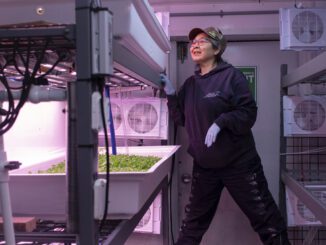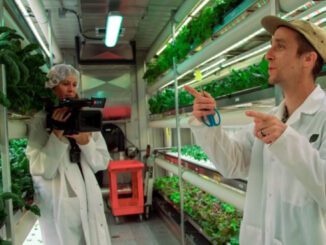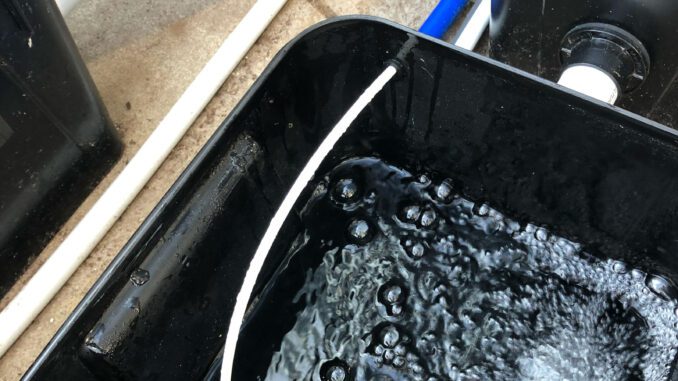
Cold plasma hydroponic water treatment can generate nannobubbles that are highly efficient and effective at increasing DO levels in water regardless of temperature. Indeed, lab and field trials have shown that water treated with Ion Solutions cold plasma technology quickly reaches 30 ppm of DO and 400% saturation. Sounds like a hydroponic growers dream come true. Let’s discuss the benefits of such a possibility and how it can be done.
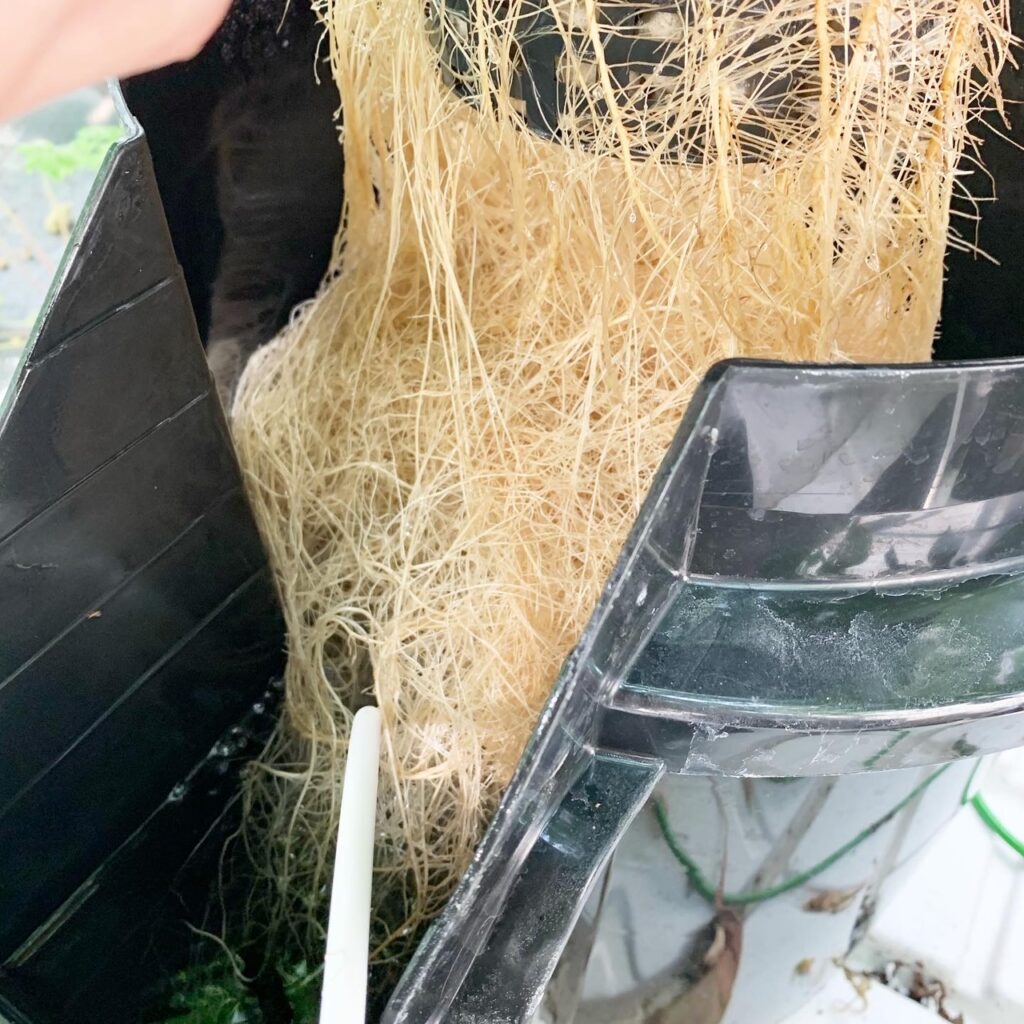
Above: Oxygen encourages healthier hydroponic root systems that take up nutrients more efficiently
What Is Plasma?
Plasma is one of the four states of matter; while highly abundant in the universe, it’s rare on earth. Here’s an explantation (Ingersoll Rand):
“For those unfamiliar with the mechanics of plasma, it is an ionized gas. Ionization occurs when one or more electrons are torn free from a molecule or an atom, leaving positively charged ions and negatively charged electrons. These unique properties allow technologies that generate plasma to accomplish more efficient chemical reactions.”

PAW Plasma Activated Water
Water treated with cold plasma results in PAW (plasma activated water). This changes the property of the water and provides very high levels of dissolved oxygen (DO) and increases the ORP (oxidation reduction potential). This is because the cold plasma hydroponic water treatment creates a very high content of nannobubbles (very small air bubbles). One cubic millimetre of nannobubbles has 10,000 times greater surface area than one cubic millimetre of regular air bubbles; greatly increasing the surface area of oxygen available for plant roots to absorb.
Typically with traditional hydroponics aeration and oxygenation applications, increases in DO are difficult to achieve, and while effective, are only small gains. For example, fresh water at sea level saturates at about 9.1 ppm DO at 68 degrees Fahrenheit, and about 7.6 ppm at 86 degrees Fahrenheit. With some effort, some growers are hitting up to 16 ppm DO in their systems and see benefits. Important Note: traditional increases in DO are short lived and are very temperature sensitive; the elevated DO levels dissipate very quickly and must constantly be resupplied while low solution temperatures are maintained (often at significant expense in power).
With cold plasma hydroponic water treatment Ultra Fine Bubbles (UFBs) are created, infusing water with levels up to 30 ppm DO. These elevated levels can last for hours or days–even at temperatures 75 to 85 deg F! Think about it–double the oxygen available at the roots without power intensive chilling versus traditional.
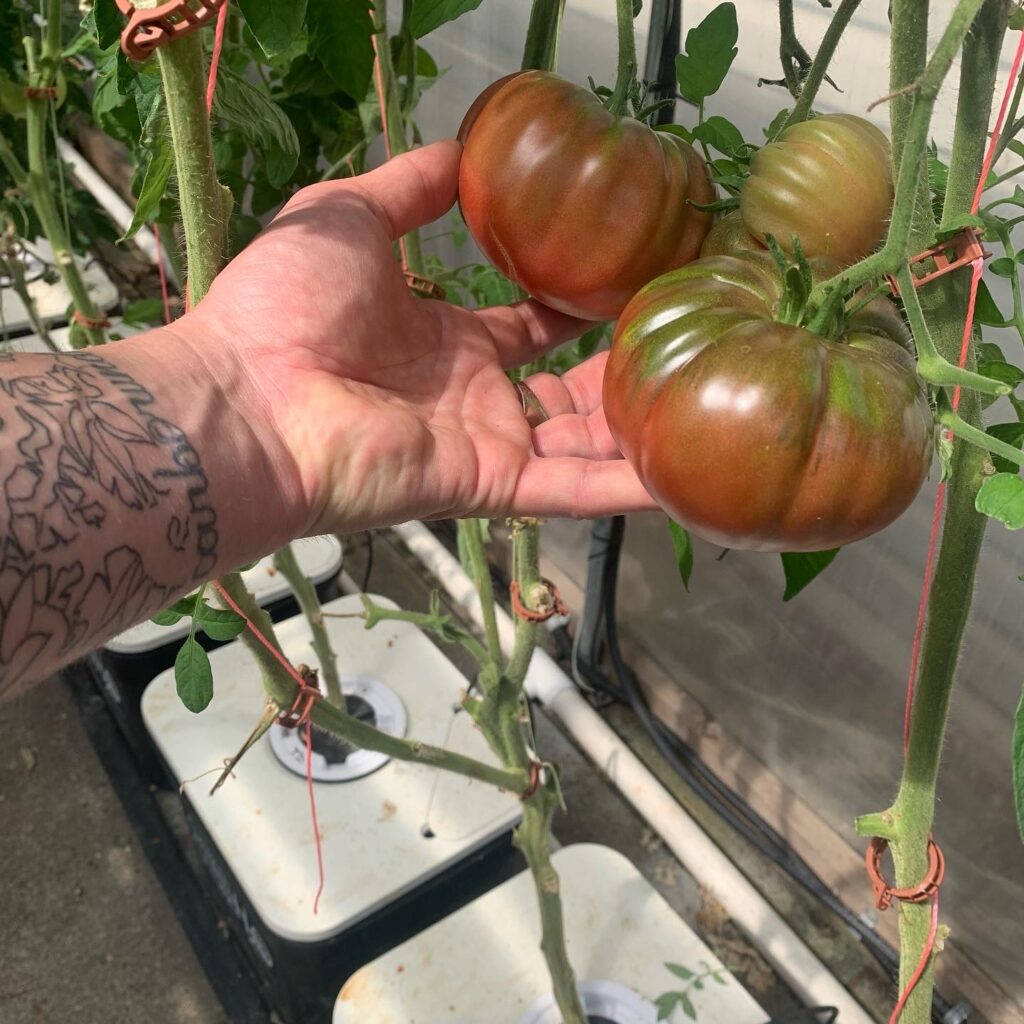
Above: healthy hydroponic heirloom tomatoes
Benefits of Increased Dissolved Oxygen and ORP Levels
DO helps plants take in water and nutrients more efficiently; think of top level athletes will very well developed cardio vascular systems–they can go longer, faster and harder while using calories or “food”. ORP is a measure of the hygienic conditions in a water supply. Optimal ORP levels for most hydroponic crops are typically between 300 to 350 mV (millivolts).
Numerous crop diseases can be attributed to anaerobic conditions in the root zone; where dissolved oxygen levels are depleted and ORP levels decline. Even if the infection doesn’t occur directly in the root zone (although it often does) this makes the aerial portions of the plant more susceptible too, as plants are in a weakened state, fighting infection, robbing crops of valuable energy.
Plasma Injection Process for Cold Plasma Hydroponic Water Treatment
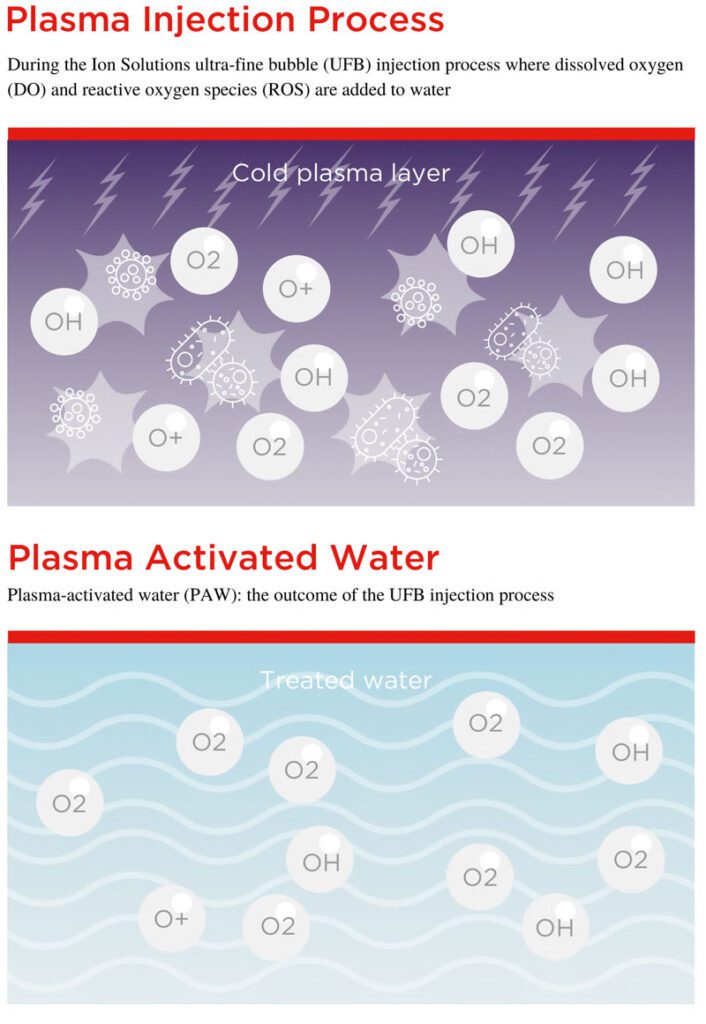
Where Can I Learn More About Cold Plasma Hydroponic Water Treatment?
Click HERE to Learn More at Ingersoll Rand

